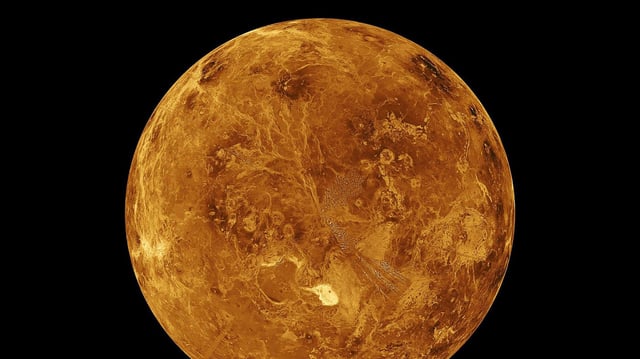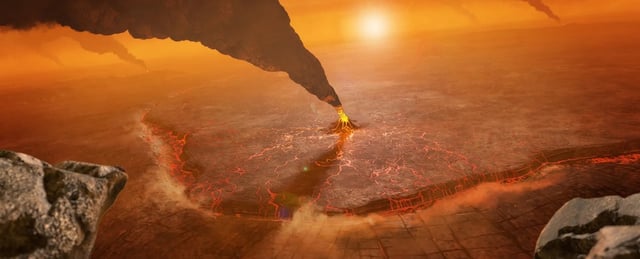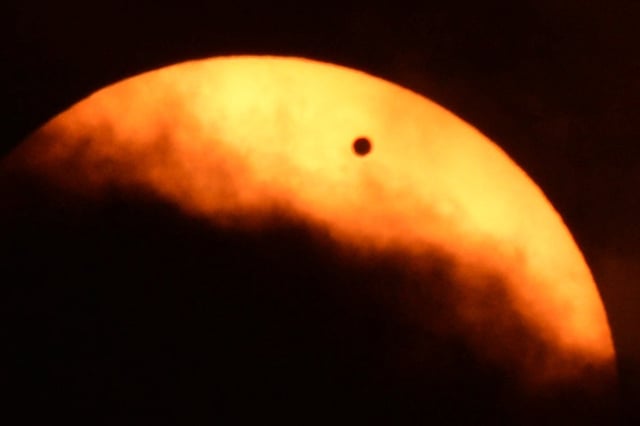Overview
- Researchers identified tectonic-like activity on Venus, driven by mantle plumes beneath 52 of 75 surveyed coronae, using decades-old Magellan data.
- The study, published in *Science Advances*, suggests processes like subduction-like activity and lithospheric dripping are reshaping Venus's surface.
- Coronae, circular volcanic features unique to Venus, are thought to form from hot material rising from the mantle, deforming the lithosphere above.
- These findings challenge the long-held belief that Venus is geologically inactive, offering insights into its interior dynamics and Earth's early history.
- NASA’s upcoming VERITAS mission, launching no earlier than 2031, is expected to provide higher-resolution gravity and surface data to expand on these discoveries.


